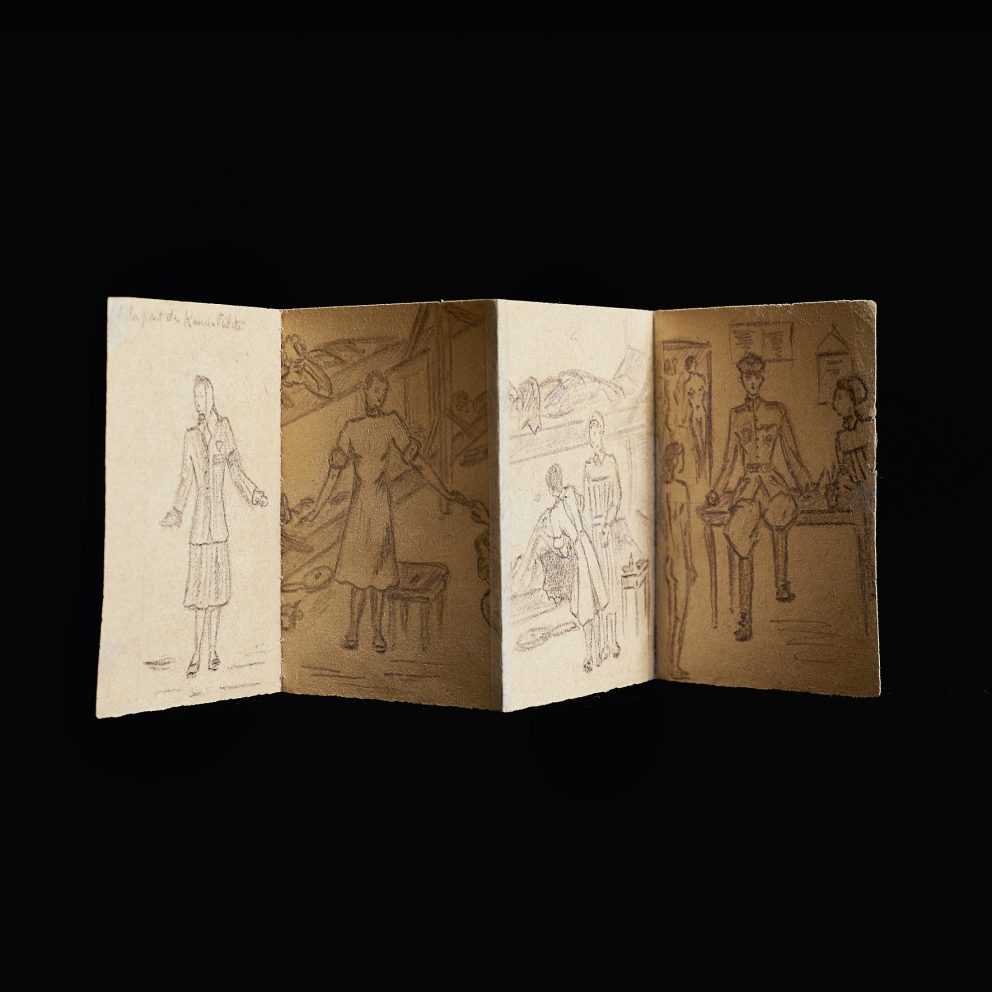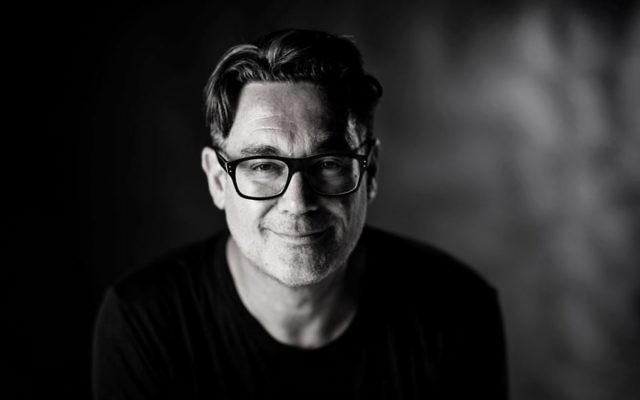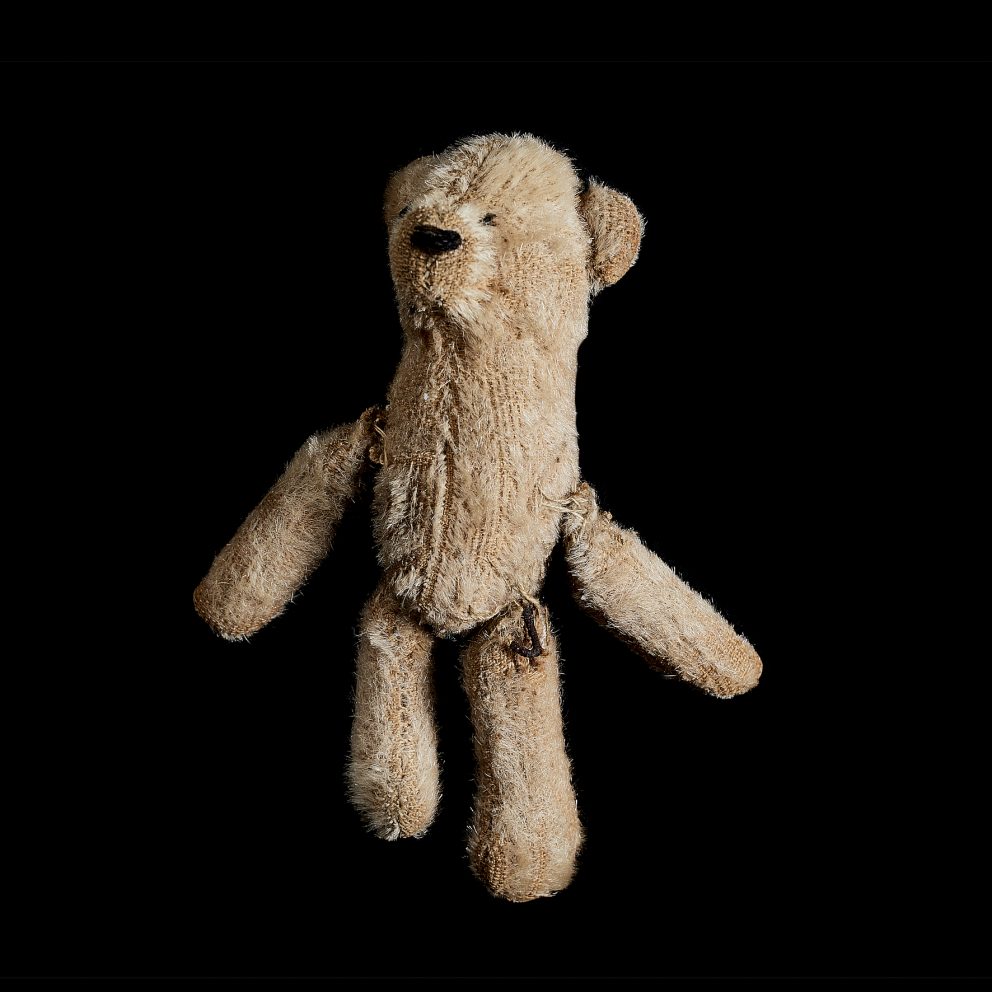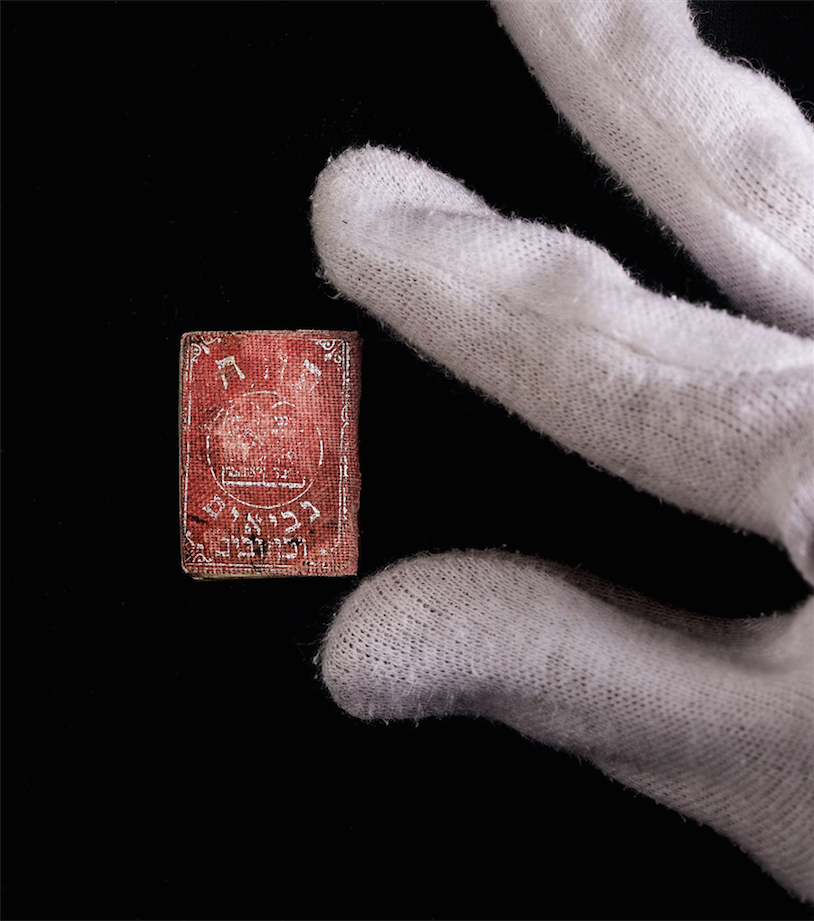Helping lost voices to speak
A DEEPLY emotional guided tour of Ravensbruck and Sachsenshausen concentration camps near Berlin in 2018 inspired Sydney photographer Richard Wiesel to go on a mission to capture images of personal items that once belonged to inmates.
A DEEPLY emotional guided tour of Ravensbruck and Sachsenshausen concentration camps near Berlin in 2018 inspired Sydney photographer Richard Wiesel to go on a mission to capture images of personal items that once belonged to inmates.
The result is a fascinating collection of 42 shortlisted images, which are to be exhibited at museums and galleries in Europe, Russia, America, South Africa and Australia in the next 18 months.

On Saturday, April 13, Wiesel will be present at Ravensbruck Memorial – a concentration camp to which women and children were exclusively sent – to officially open an exhibition of 12 of the images that will run until August 25.
Out of the 42 images he took, Wiesel said the one of a teddy bear seems to resonate with museum and gallery curators and the average person the most, and it still shakes him to the core.
“It represents one little boy murdered by the Nazis, but also more than 1.5 million children who perished in the Shoah.”
The teddy belonged to an unknown Roma boy who, upon arrival at Ravensbruck in 1944, accidentally dropped it, only to be fatally struck on the head with a rifle butt by an SS officer when trying to pick it up.
German political prisoner Anni Sindermann witnessed the terrible scene, retrieved the teddy and kept it for the remainder of her life. Since 1993, the teddy has been stored at Ravensbruck Memorial.
Other images include a miniature Hebrew bible belonging to a Jewish prisoner in Ravensbruck and a folded booklet featuring seven drawings by captured French Resistance member Violette Lecoq, depicting scenes at Ravensbruck’s infirmary, including SS physician Percival Treite examining naked inmates. Records show he carried out forced sterilisations and abortions, and was involved in selection of women to be killed.
The nephew of an Auschwitz survivor and the son of Hungarian survivors who escaped capture due to assistance by others, Wiesel said, “I always try to capture the significance of a subject by going back to basics, because if an image is clear to me, then it is also clear to the viewer.
“The large print sizes give the images a 3D feel, and my intention is that through the photographs, the lost voices of the original users or owners of the featured items can speak to people, so they can connect emotionally.
“What I really hope is the images are interpreted more as stories than photographs, and they prompt people to ponder the question: almost 75 years since the Holocaust, have things really changed for the better?”
SHANE DESIATNIK




comments